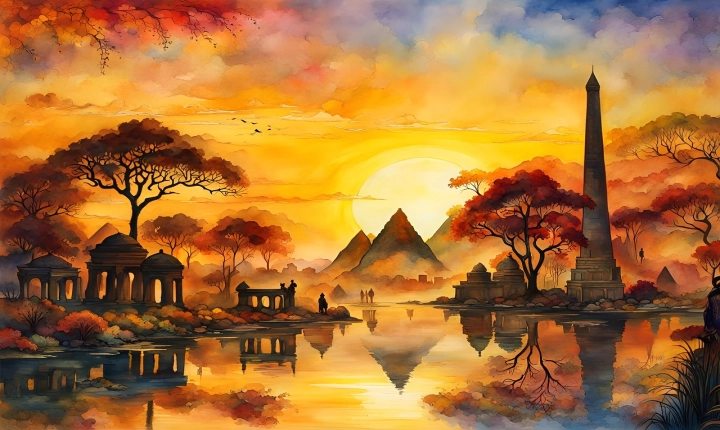Title: Exploring the World of AI Art Generators: A Look at the Growing Landscape
In recent years, the intersection of art and technology has given rise to a fascinating phenomenon known as AI art generation. This rapidly evolving field of artificial intelligence has led to the creation of a wide array of tools and platforms that enable both artists and non-artists to harness the power of machine learning algorithms to produce captivating artwork. From generating realistic landscapes to abstract compositions, the possibilities seem endless. As the demand for AI-generated art continues to grow, a multitude of AI art generators have emerged, each offering unique features and capabilities.
One of the most well-known AI art generators is DeepArt, which uses deep neural networks to transform photographs into artworks inspired by famous painters such as Van Gogh, Picasso, and Monet. This platform allows users to experiment with different styles and create visually stunning pieces with just a few clicks. Similarly, Prisma has gained popularity for its ability to apply sophisticated art filters to photos, resulting in images that resemble hand-painted masterpieces.
Another prominent player in the AI art generation space is RunwayML, a tool that provides a range of creative AI models, including style transfer, image synthesis, and generative adversarial networks (GANs). With RunwayML, users can explore the possibilities of AI art across various mediums, from visual art to music and beyond. Meanwhile, DeepDream Generator offers a unique approach to AI-generated art by allowing users to “dreamify” their photographs, creating surreal and psychedelic images using Google’s DeepDream algorithm.
For those interested in creating AI art from scratch, Artbreeder provides a platform for breeding and evolving images using artificial evolution and deep learning techniques. Users can blend and manipulate images to generate entirely new and unique artworks, making it a versatile tool for artists and designers seeking inspiration.
In addition to these standalone platforms, major tech companies such as Google, Adobe, and Nvidia have also delved into the realm of AI art generation, offering their own cutting-edge tools and technologies. Google’s Magenta project, for instance, focuses on exploring the role of machine learning in the process of creating art and music. Adobe’s Sensei, a suite of AI and machine learning tools, includes features that enable artists to easily manipulate and transform images. Nvidia’s GauGAN, on the other hand, leverages GANs to generate realistic landscapes from rough sketches.
As the field of AI art generation continues to evolve, it’s evident that the landscape is constantly expanding with new tools, advancements, and possibilities. The democratization of AI art generation has empowered both seasoned artists and newcomers to explore and experiment with innovative ways of creating visual content. However, while the rapid proliferation of AI art generators offers exciting opportunities, it also raises important questions about issues such as copyright, authorship, and the impact on traditional artistic practices.
In conclusion, the world of AI art generation is a vibrant and dynamic space that is revolutionizing the way we create and experience art. With a growing number of AI art generators catering to a wide range of artistic styles and preferences, it’s clear that this technological trend is here to stay. Whether it’s reimagining classic paintings, generating abstract compositions, or exploring new frontiers of creativity, the plethora of AI art generators available today is a testament to the fusion of art and technology, and the endless possibilities that arise from this exciting convergence.
